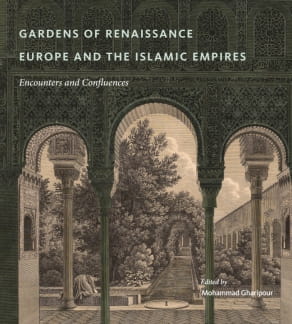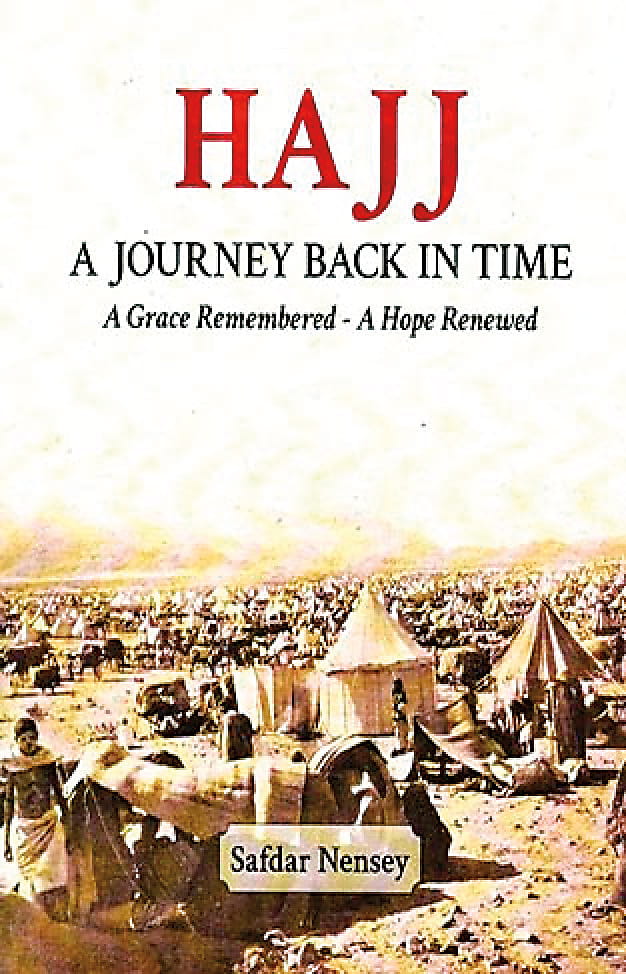
Gardens of Renaissance Europe and the Islamic Empires: Encounters and Confluences
Tom Verde
Mohammad Gharipour, ed.
2017, Penn State UP, 978-0-27107-779-6 $94.95 hb.
While establishing diplomatic relations and trading goods during the Renaissance, the Ottoman East and European West discovered they also shared a passion for gardens and garden design. European narratives of travel to the major Islamic empires of the day—Ottoman Turkey, Safavid Persia and Mughal India—include descriptions, drawings and sketches of cities and their gardens. These added “to the reciprocal flow of ideas and concepts in terms of architectural and garden design,” including the “exchanges of gardeners” and “horticultural or irrigation techniques.” Vivid descriptions of Ottoman gardens, for example, led to the French court’s replacement of Italian gardeners with Ottoman specialists after 1495. The “gardens of Mughal emperors served as models” for the Lisbon gardens of Portuguese envoys to Goa and became “symbols of wealth and status.” In the cultural rivalry between Rome and Istanbul, “villa gardens constituted a stage for outdoing each other.” This collection of scholarly, yet readable, well-illustrated essays closely examines how Islamic and European garden traditions interacted and influenced one another.
You may also be interested in...

Archaeology and Geology of Ancient Egyptian Stones
Spanning three decades of fieldwork, Archaeology and Geology of Ancient Egyptian Stones is as vast as its subject: the stones ancient Egyptians used to shape their civilization.
Hajj: A Journey Back in Time: A Grace Remembered-A Hope Renewed
Safdar Nensey's Hajj: A Journey Back in Time invites readers into one of the world's oldest and most sacred annual expeditions: the Muslim pilgrimage to Makkah.